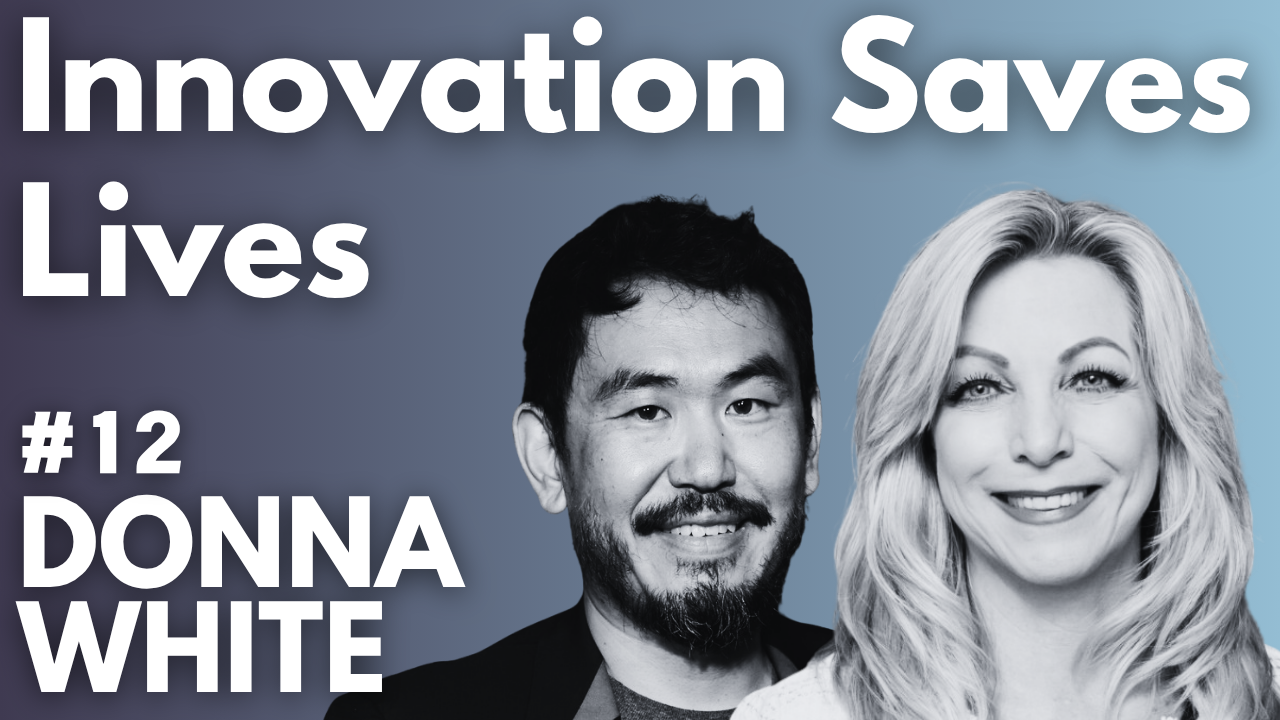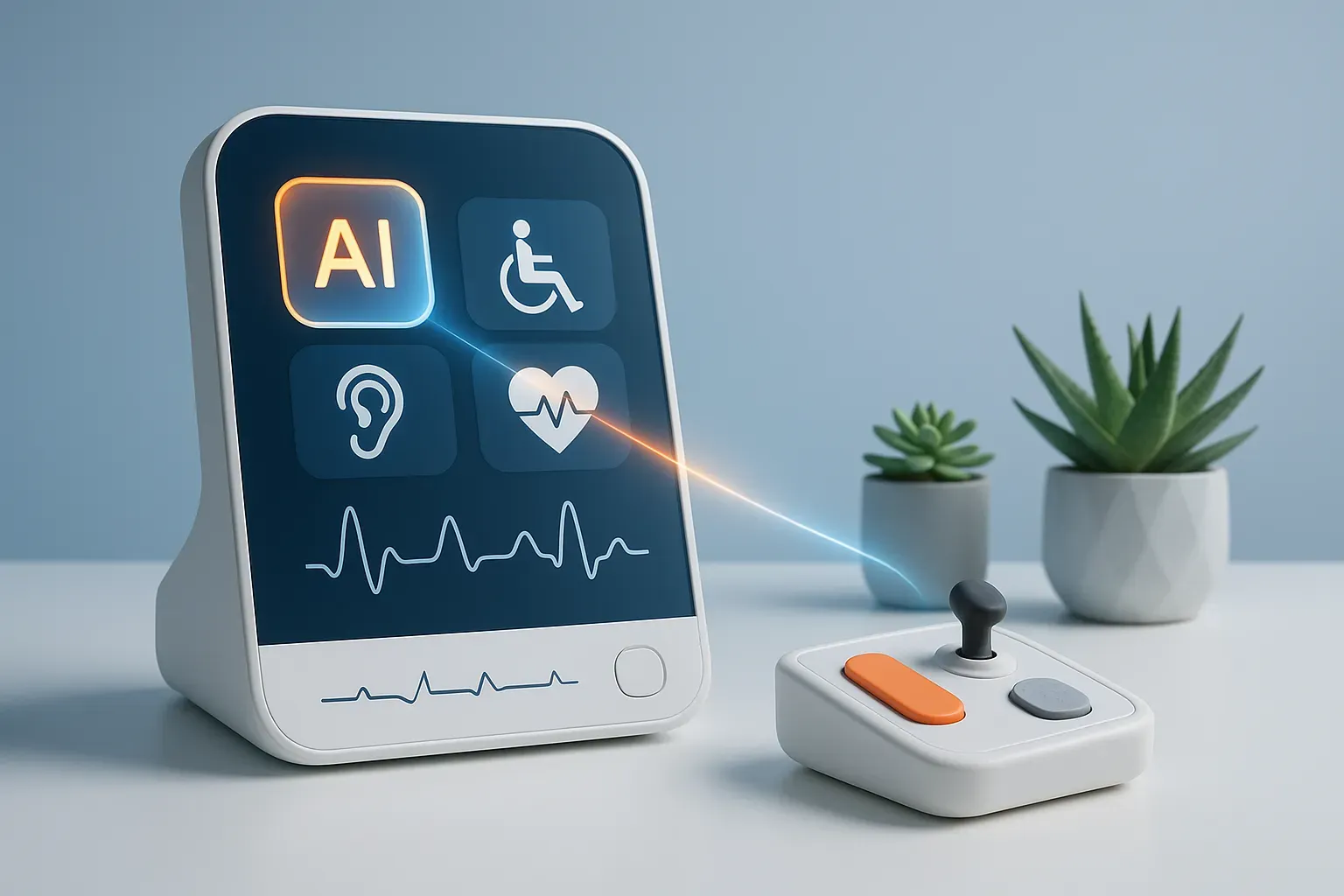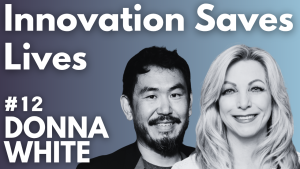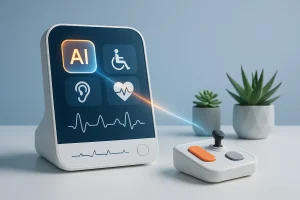The healthcare industry is experiencing a transformative shift with the integration of Artificial Intelligence. This article explores how AI is revolutionizing various aspects of healthcare, from administrative tasks to patient care. Drawing on insights from experts in the field, we examine the practical applications of AI that are bridging gaps between different healthcare departments.
- AI Streamlines Healthcare Administrative Tasks
- AI-Powered Triage System Enhances Emergency Care
- Automated Communication Improves Patient Care Coordination
- AI Optimizes Interdisciplinary Dental Treatment Process
- AI Briefings Facilitate Efficient Surgical Coordination
- Reimagining Healthcare with Patient-Centric AI Systems
- AI Tool Bridges R&D and Clinical Teams
AI Streamlines Healthcare Administrative Tasks
One of the clearest examples I have comes from seeing how our AI tools help teams handle the administrative side of healthcare more efficiently.
The platform is built to bring clinical and administrative workflows into one place, and its AI capabilities are designed to summarize notes, organize patient information, and route tasks to the right people. This is especially valuable when different departments or specialties need to stay in sync without adding extra manual work.
My advice for using AI in healthcare coordination is to treat it like a translator and organizer, not a decision-maker. The AI can handle repetitive and detail-heavy tasks such as data collation, formatting, and routing, while clinicians and staff focus on the decisions and conversations that matter most. Keeping outputs transparent, so everyone can see exactly what the AI generated, builds trust and ensures nothing important gets lost in translation.
 Jamie Frew
Jamie Frew
CEO, Carepatron
AI-Powered Triage System Enhances Emergency Care
I work as an emergency department doctor on weekends, and the calls can be very chaotic with different cases across age groups. One thing I had to do was sort out consults to different departments, and I always dreaded it until I discovered I could use an AI-powered triage system to sort out these patients to the appropriate department.
With over 40 patients, including cases of chest pain, suspected stroke, abdominal trauma, and diabetic ketoacidosis, some needing multiple specialty consults, I completed the triaging in less than 10 minutes compared to the usual hours of work doing the same job.
Our hospital’s EHR had the AI integrated into it, and all I had to do was enter the total cases alongside their diagnoses into the AI. The system analyzed the clinical data and assigned consults accurately, also including a summary of initial treatment, which saved me a lot of stress briefing the department on sending a consult.
AI is making many jobs easier, and it can be very important for healthcare coordination. I recommend making hospital EHRs compatible with AI tools, and not only can they help you sort data, but they can also be a good verification tool.
 Austin Anadu
Austin Anadu
Medical Doctor, AlynMD
Automated Communication Improves Patient Care Coordination
We’ve started using AI tools specifically to reach out to our patients’ GPs for prescriptions, medical records, and updates. We can generate these messages directly from our internal patient records and send them automatically at scheduled intervals to ensure our patients receive the best possible care.
 Eileen Wang
Eileen Wang
Physician, Modern Menopause
AI Optimizes Interdisciplinary Dental Treatment Process
The treatment process for interdisciplinary cases includes the combination of aligner labs with imaging and chairside teams. AI technology merges scan results with treatment documentation and production schedules to generate collective case briefs containing action lists for assistants while transmitting messages to laboratories. The simplified version of information helps patients understand visit requirements as well as wear expectations.
Healthcare leaders need to create organizational structures for their data. Each image needs labeling, and notes should maintain standardized sections while defining the criteria for “ready” at different stages. AI functions as a system to identify exceptions such as root resorption risk so specialists can start their consultations earlier. Every messaging workflow should contain built-in consent processes. Healthcare organizations achieve their best outcomes by reducing miscommunications instead of depending on exciting predictive capabilities.
 Randy Kunik
Randy Kunik
CEO & Founder, Kunik Orthodontics
AI Briefings Facilitate Efficient Surgical Coordination
The way we coordinate care has already been revolutionized by AI. Managing complicated surgical patients in my own practice that needed cooperation between internal medicine, plastic surgery, and anesthesia was a compelling example. Updates were previously transmitted via disjointed notes or postponed phone conversations. We were able to condense patient charts into concise, useful briefings using an AI-powered platform. This made sure that all specialties got the same information that was prioritized — no details were buried or jargon lost in translation.
As a result, there were fewer misunderstandings, decisions were made more quickly, and patients felt more confident that their care team was working together. Minutes were saved from what used to be hours of back and forth.
 Frank Agullo
Frank Agullo
Plastic Surgeon, Southwest Plastic Surgery
Reimagining Healthcare with Patient-Centric AI Systems
We’re asking the wrong question about AI in healthcare. The goal shouldn’t be to improve communication between siloed departments, because that’s like trying to build a better fax machine. The real problem is that our current model forces the patient to be the sole, exhausted coordinator of their own fragmented care. They are the ones left to connect the dots between specialists who never speak to each other.
My advice is to use AI to build a new, patient-centric intelligence layer. It should synthesize data from every specialist, wearable, and lab test into a single, coherent narrative that the patient and their primary health advocate can actually use. This shifts the focus from coordinating between offices to creating a holistic understanding of the individual.
Our focus shouldn’t be making a broken model more efficient. Our focus should be using technology to create a new model that works for the individual person.
 Christine Kaczmar
Christine Kaczmar
Digestion Doctor, Laser Slim
AI Tool Bridges R&D and Clinical Teams
We’ve seen firsthand how AI can make communication between different departments and specialties more seamless. One example was in coordinating between our R&D and clinical teams. Each group had its own way of documenting updates — technical specs on one side, clinical outcomes on the other — which sometimes slowed down decision-making.
We introduced an AI-driven summarization tool that pulled information from both sides and created concise, standardized briefs. Instead of wading through long reports, everyone could review the same digest that highlighted the most relevant insights for their role.
 Alexandria Sooch
Alexandria Sooch
Marketing Director, OSSIO













